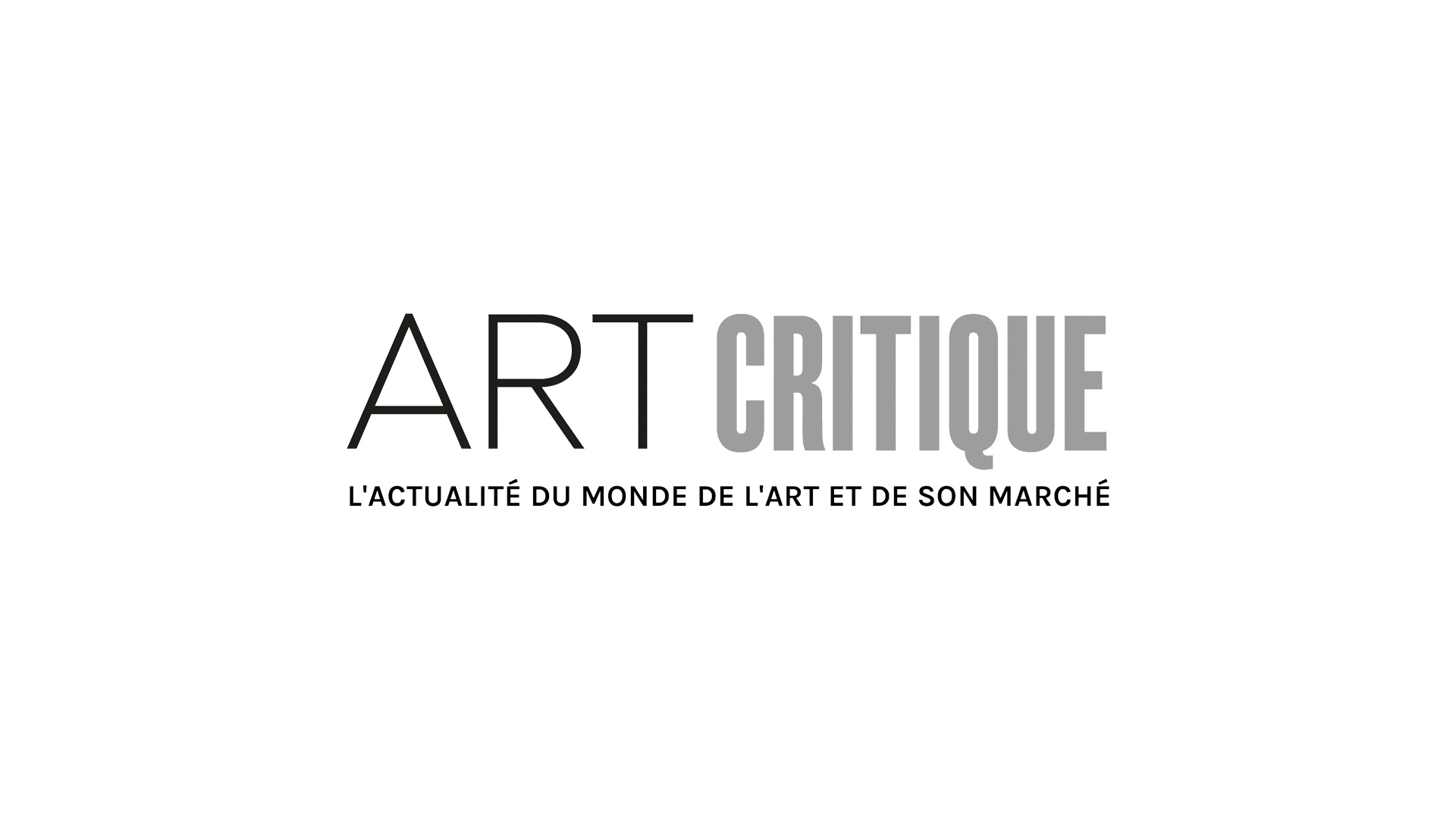Just over a day into the hunt for a trove of treasures stolen from the Grünes Gewölbe (Green Vault) in Dresden and it seems that police have still not found the individuals responsible for one of the biggest heists in history.
More than 100 items were taken by the thieves after they broke into display cases in the Green Vault at Dresden’s Royal Palace, which houses one of Europe’s largest collections of such treasures. CCTV video footage (seen below via The Guardian) released earlier today by Saxony police show one of two suspects smashing at the case’s protective doors with an ax in the early morning hours of November 25th. The items taken, including a number of jewelry works that date back to the 18th century, are priceless and, if not recovered, would be a significant cultural loss. Police have created a task force to recover the stolen jewels.
A major concern, according to Nicholas O’Donnell, a Boston-based lawyer who specializes in art litigation and restitution, is that the works that have been taken will be destroyed. Similar concerns have shrouded the recent disappearance of Maurizio Cattelan’s America, the well-known golden loo that was stolen in September. If destroyed, the thieves would be able to dispose of the jewels without raising red flags as quickly. They might be able sell the jewels if broken down while, in turn, destroying one-of-a-kind items. The heist, for O’Donnell, is reminiscent of the 1990 Isabella Stewart Gardner heist, which saw 13 paintings stolen by two men who posed as police officers. Unfortunately, those works have not yet been recovered, but police on the Dresden case and spectators around the world hold their breath in the hopes that those responsible for the Green Vault theft will come to justice and the stolen treasures will be returned.

The large majority of the stolen articles were produced during the 18th century under the rule of Frederick Augustus III, who would eventually be known as Frederick Augustus I, the first king of Saxony. Court jewelers, including Jean Jacques Pallard and Christian August Globig, made the works that were taken. Among the missing items is a diamond encrusted sword and scabbard from 1719 that was modified over the years, according to the Staatliche Kunstsammlungen Dresden, and worked on by Pallard in 1749. A number of broaches were taken including a large breast bow that was commissioned by Elector Friedrich August III for his wife, Amalie Auguste, in 1782. More than 600 diamonds weighing in at a total of 614 carats were used in the production of the broach. A necklace of 177 pearls that dated back to the 1720s and 1730s were taken by the thieves. A 1740s White Eagle diamond and ruby breast star, Order of the White Eagle pendant, a diamond hat clasp and epaulette (the later two were made to match the sword and scabbard) were also included in the heist.
According to O’Donnell, spreading the word as quickly as possible and getting auctions houses, galleries, and buyers up to speed on the case will help the investigation along and hopefully bring the works back to their Dresden home. Saxony police have asked that anyone with any information that might be pertinent to the case be reported to the Dresden Police Department.





